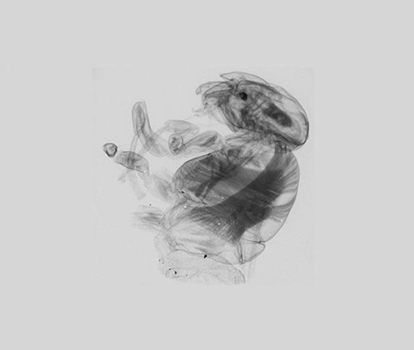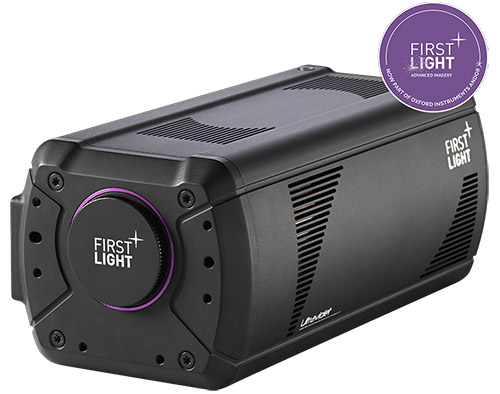Resources
 Part of the Oxford Instruments Group
Part of the Oxford Instruments Group
Expand
Collapse
 Part of the Oxford Instruments Group
Part of the Oxford Instruments Group
Facilities such as synchrotrons and X-ray Free Electron Lasers (XFEL) have been the mainstay of UV and X-ray research for decades. The increasing popularity of affordable High Harmonic Generation (HHG) has now added a new tool to high energy scientist’s arsenal and brought UV and soft X-ray research into the laboratory environment. All three of these methods allow experimental analysis of samples that cannot be achieved with visible light sources. Modern synchrotrons and XFELs feature multiple beamline stations where an array of experiments take place. These beamlines can be tailored in different ways so that they probe different aspects of the samples present in the experiments. Currently there are over 80 synchrotrons and XFEL facilities globally with many more lab based HHG sources in laboratories.

Demand on access to beamlines in these large facilities is steadily increasing, especially with the worldwide upgrades of sources from so-called Generation 3 synchrotrons to Generation 4. These upgrades are increasing the repetition rates of these UV/X-ray source as well as increasing the brilliance at which they operate. There are two leading detection methods used for imaging at beamlines, direct detection and Indirect detection. Direct detection imaging is when the UV or X-ray photons are detected on the detector without the need to convert this incident photon into a visible photon. Indirect detection has an additional scintillator layer which is used to convert the incident X-ray photon into a visible photon for the detector to detect. In both cases, the detector must operate at a high frame rate, to match the repetition rate of the source. It is also advantageous to have a large field of view to allow for large sample sizes.
Scientific CMOS (sCMOS) camera technology is becoming increasingly recognised as the leading detector technology solution for beamline experiments. The high QE and low noise properties of sCMOS technology render it highly sensitive, without having to sacrifice frame rate (a common trade-off with CCD technology). Furthermore, the multiplexed readout architecture of sCMOS means that multi-megapixel devices are commonplace, meaning larger fields of view can be realised. Direct detection and indirect detection sCMOS detectors are available depending on the photon wavelength.

Andor strongly recommends the C-BLUE One UV For direct detection down to 200nm and the C-BLUE One For high-speed indirect detection at high energy beamlines:
| HED Beamline Requirement | HED Beamline Solution |
| Detect small and faint signals | Both the C-BLUE One and C-BLUE One UV achieve a high QE of over 70% whilst having a range of pixel sizes available from 2.74 µm up to 9 µm. This range of pixel sizes allows the detector resolution to be tailored to the experimental needs. |
| Image larger samples | With sensor diagonals up to 17.6mm and active pixels up to 8.13 Megapixel, the C-BLUE One UV and C-BLUE One offer wide field of view and high accuracy detection for direct UV and indirect X-ray scintillator imaging. |
| High frame rates to match sources | With the C-BLUE One achieving up to 1594 fps of full frame imaging, the speed of the FLI cameras is far greater than traditional CCD detectors and many sCMOS detectors. The C-BLUE One UV offers an impressive 170 fps of full frame imaging direct detection down to 200nm. |
| Scintillator matching | Each scintillator produces a different wavelength of visible light when used for indirect X-ray detection. The C-BLUE One range has high QE across the emission wavelengths of many commonly used scintillators and has a variety of pixel sizes to match the spatial resolution of these scintillators. |
Date: October 2024
Author: Dr Joe Brennan
Category: Solution Note
